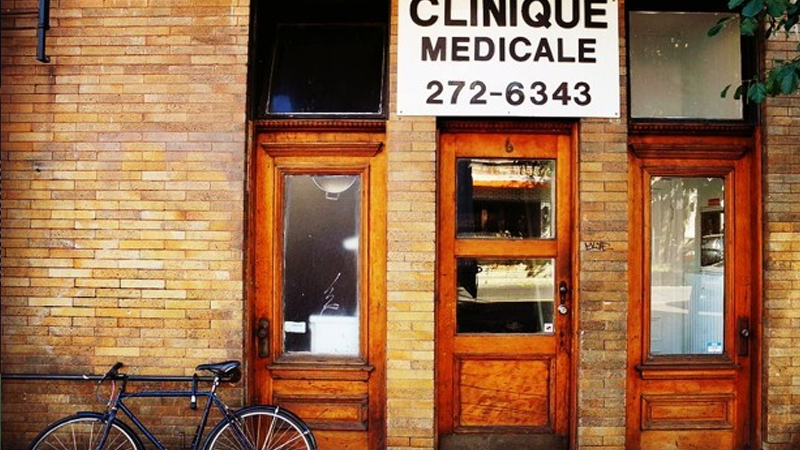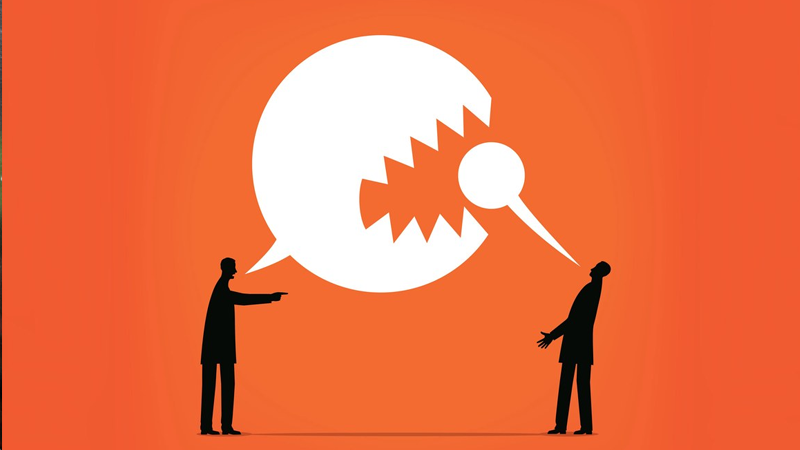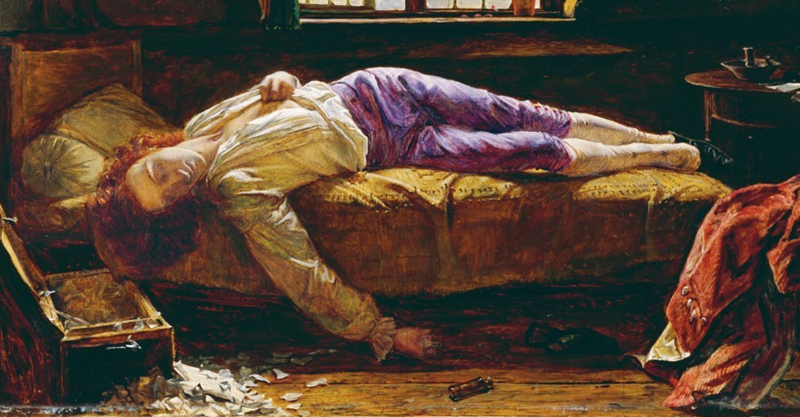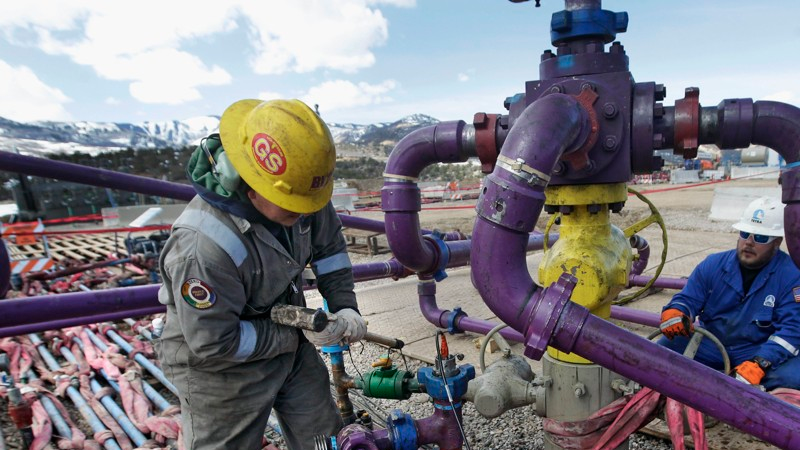To review, Canadian healthcare basically works like Medicare, but for everyone. Medical care is free, and it covers almost everything other than prescription drugs, glasses, and dental care. (Most people have supplementary insurance to cover those things). It keeps its drugs cheap by negotiating at a federal level with pharmaceutical companies.
Earlier this year, the Commonwealth Fund released a ranking of 11 developed countries’ healthcare systems. The American one, the world’s most expensive, ranked dead last. As I wrote at the time, the U.S. scored poorly on managing administrative hassles for both doctors and patients, avoiding emergency-room use, and reducing duplicative medical testing, among other things.
To be fair, the Canadian system didn’t fare much better, coming in 10th out of 11. Still, according to a new interactive released by the Commonwealth Fund and based on the earlier report, if Americans had Canada’s healthcare, we might see some surprising gains in our quality of life and reductions in our healthcare expenditures.
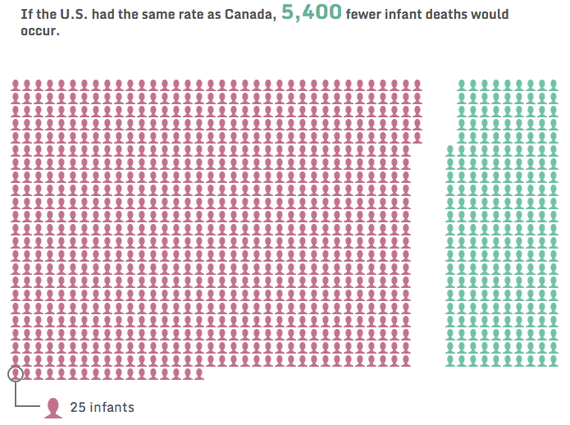
What’s more, 57 million fewer people would go without medical care because of the cost. “Roughly 40 percent of both insured and uninsured U.S. respondents spent $1,000 or more out-of-pocket during the year on medical care, not counting premiums,” the report authors write. (Though, it’s worth noting that the data for the report was collected before the full implementation of Obamacare, which dramatically expanded health insurance coverage in the U.S.)
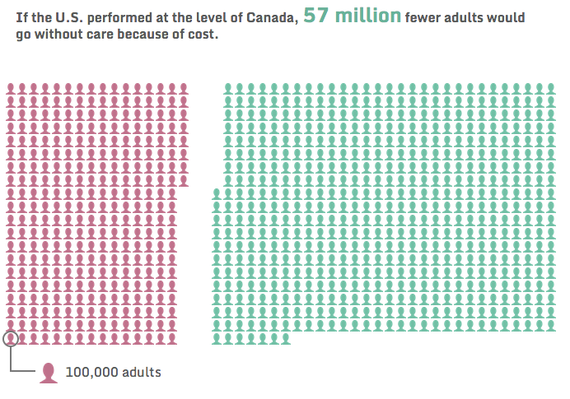
And, perhaps as a result, more than 50,000 preventable deaths would be avoided:
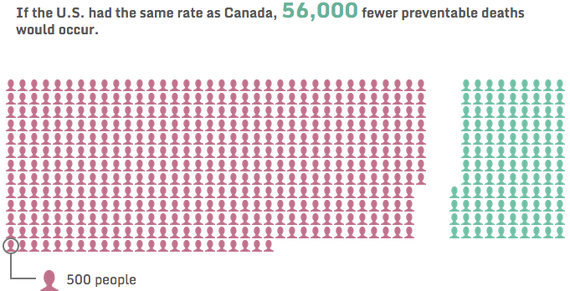
But it wouldn’t all be good news. Canada’s free system comes at the cost of greater wait times for some services. In 2010, the Commonwealth Fund found that 33 percent of Canadians waited six days or more to see a specialist, compared with 19 percent of Americans. And Canadians tend to wait longer for ER care than patients in other countries: One in 10 patients in a Canadian ER will wait eight hours or more, and the average wait time is four hours. (Here, the shorter red blocks below represent how many additional patients would have to wait or would visit the ER if we had the Canadian system.)

